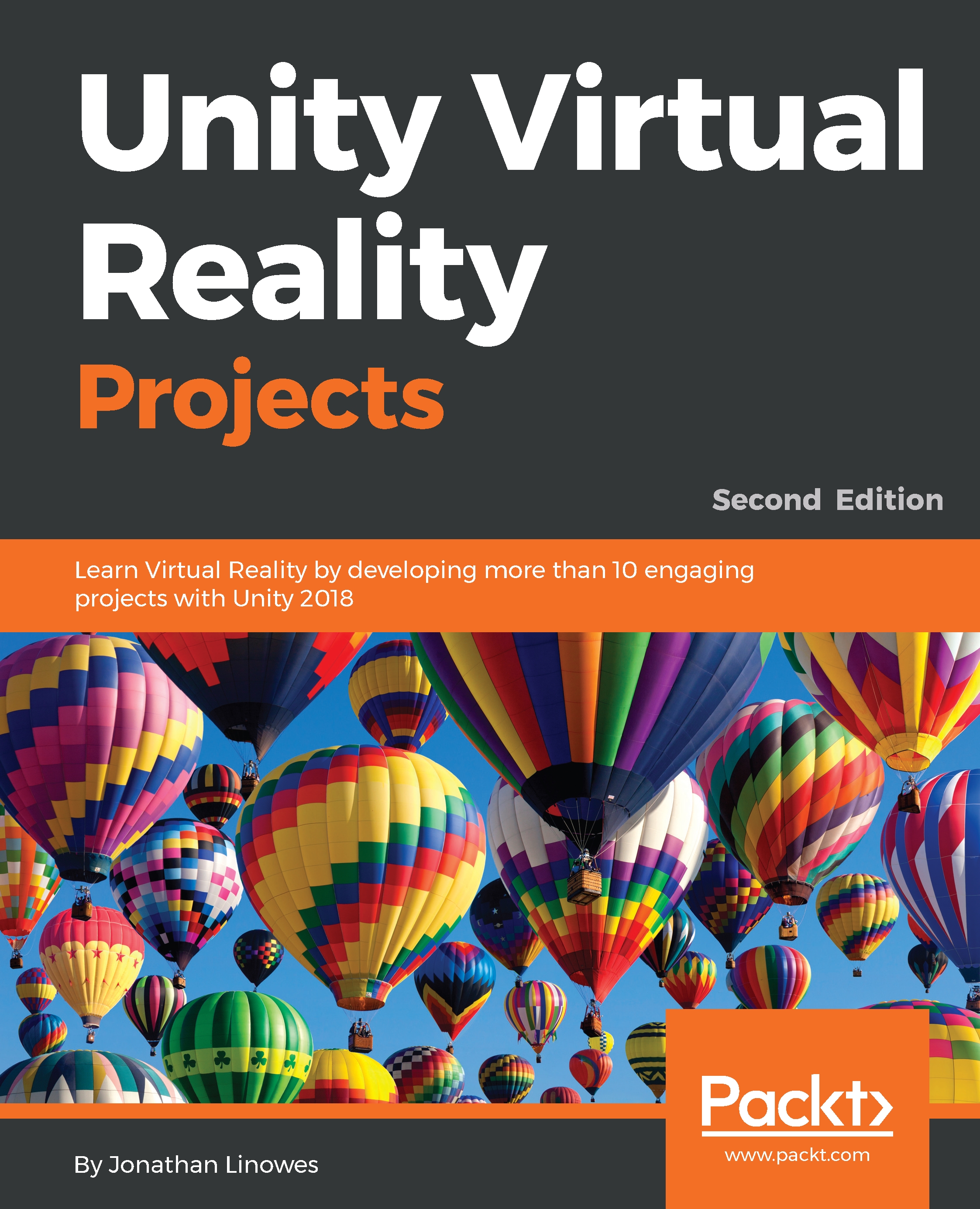Latency and low frames-per-second rates are not acceptable and can cause motion sickness in VR. We are bound by the capabilities and limitations of the hardware devices we run on and their SDKs. In this chapter, we dove into some of the more technical aspects of making great VR, considering four separate areas that affect performance: the artwork, the scene, the code, and the rendering pipeline.
We started the chapter by introducing the built-in Unity Profiler and Stats windows, our primary weapons in this battle. To illustrate the impacts of designing models and materials, we built a scene with 1000 high-poly Sunglasses with transparent lenses, examined the performance stats, and then tried several ways to improve the frame rate: decimating the models (making them low poly), removing transparency in the materials, and managing level of detail (LOD) in the scene. Then...


